During the ongoing pandemic (and beyond), addressing the effects of trauma will be essential to students’ social-emotional well-being and readiness for learning. Understanding the impact of trauma on the brain and body is an important step—and this week, we’re featuring a valuable primer from Dyane Carrere, an expert on trauma-informed teaching and the author of The Re-Set Process: Trauma-Informed Behavior Strategies. Adapted from her recent coffee chat, this post takes you through 7 types of physiological differences you might see as a result of trauma, and gives you some ready-to-use strategies to provide necessary support to students.
Cognitive functioning differences
During times of stress, our emotions get bigger and our thinking gets smaller. Cortisol, the primary stress hormone, slows movement of a message from one neuron to the next in the brain, meaning that we tend to think slower during times of stress and trauma. What does this look like in the classroom? You might notice students who seem “oversensitive” and unfocused, and struggle to pick up content you present. All of these qualities can be manifestations of stress in the brain.
Here are a few ways to support kids with stress-related cognitive functioning differences: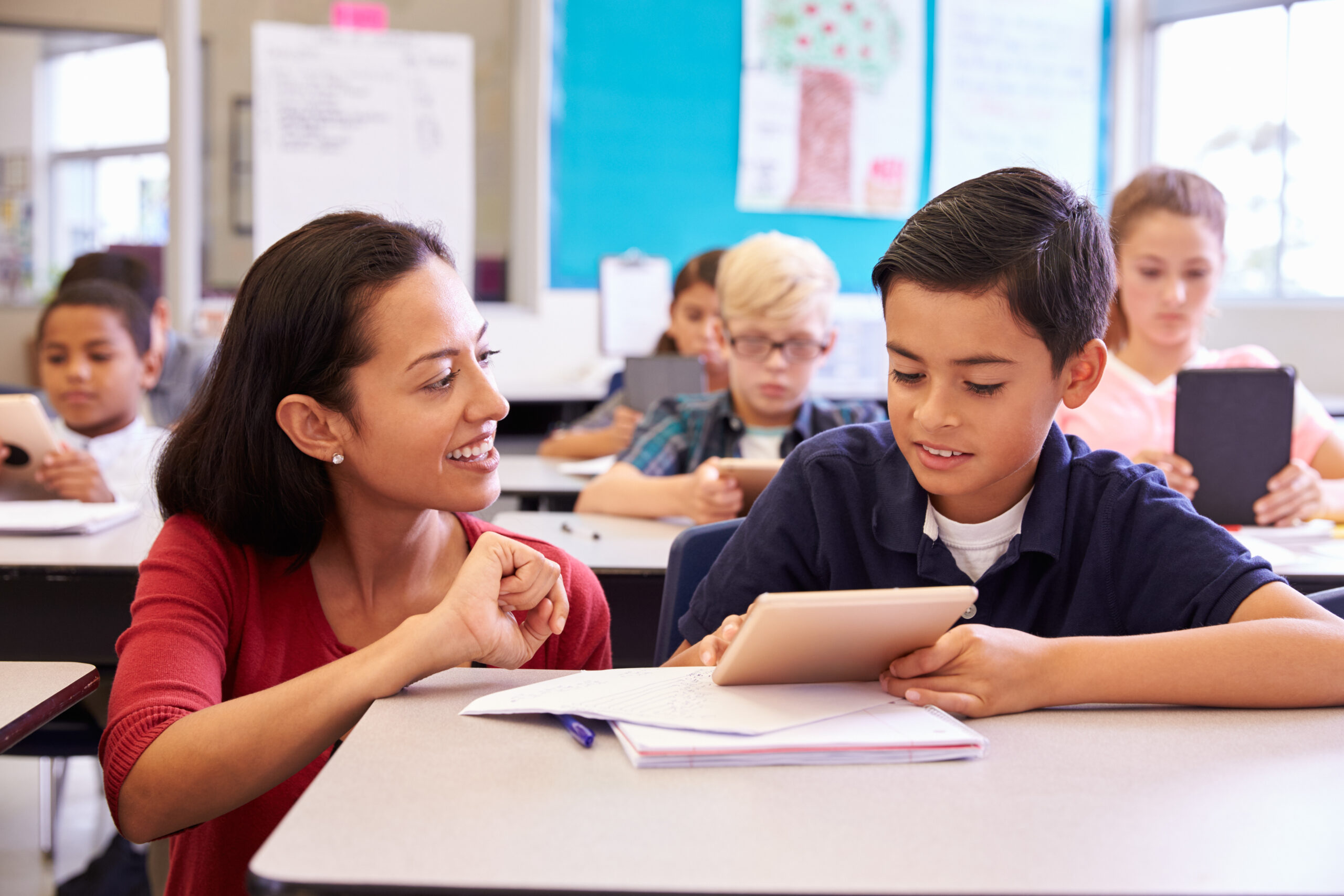
- Design calm environments that don’t add to overstimulation. Offer dimmer lighting options, quiet spaces, and earplugs, and reduce the amount of visual information you present.
- Act as a translator: Instead of thinking to yourself “this child is being defiant,” translate the behavior for the child: “I notice you’re having a hard time focusing. Do you need a minute to get calm so you can focus?”
- Convey calm: Attend to yourself through little moments of self-care, so you can be a co-regulator with students and share your calm with them.
- Gently invite them to think: Ask simple questions like “which pencil would you like to use?” Small, easy asks like these can help coax students’ brains to “come back online” so they’re ready for learning.
Vision and auditory differences
Sensory systems also shift during times of high stress. Visual systems come more “online” and auditory systems retreat, so we see more and hear less. You might see this manifested in students who seem to have trouble paying attention or are focusing on something other than your voice.
In cases like these, talking to students may not be the best way of getting and maintaining their attention. To support students more effectively, try these methods instead:
- Use visuals: While you don’t want to bombard kids with too many visuals, try simple strategies like holding a page up, pointing to key images, writing a page number on the board, underlining an important point, or using a reassuring hand signal (like the “waiting sign,” when a child is waiting for a turn to speak).
- Keep verbalizations simple: Use easy words, and not too many of them.
- Use key words: Establish familiar words in your classroom that you can use to cue students clearly.
- Be aware of your body language: Stressed students tend to pay more attention to body language than facial expressions. Be aware of what your body is communicating to your class, and try to let go of tension and convey calm and relaxation. (This will be a positive for you, too!)
Hippocampus and prefrontal cortex differences
When cortisol is in the brain, it doesn’t allow for cell reproduction in the hippocampus and prefrontal cortex—meaning that children who have experienced a lot of trauma over time may have a smaller hippocampus and a less connected prefrontal cortex. Since the hippocampus controls working memory, you might notice students who look distracted, have a hard time following multi-step directions, or even fall asleep or “shut down” in class. And prefrontal cortex differences may produce obvious difficulties with executive skills such as task initiation, organization, and time management.
Here are some supports you can try:
- Create routines: Predictable routines not only make students feel safe and calm, they also exercise the organizational part of the brain.
- Use chunking strategies: Try breaking information into smaller parts or steps that students can learn and retain more efficiently.
- Provide peer support strategies: Having a table group that the student can turn to for quick support can help them avoid the downward spiral that can happen when they feel overwhelmed and lost.
Dorsolateral prefrontal cortex differences
The dorsolateral prefrontal cortex is the specific part of our brain responsible for understanding time and sequence. During times of stress and trauma, this part may not be as “wired in”—meaning that students may struggle with getting homework or classwork done on time, or with relating a story or event in sequence (details may be fragmented and scattered).
To support students who need help with time and sequencing:
- Use analog clocks: Analog clocks provide a more accurate visual; students can more easily grasp the passage of time by referring to a clock with second, minute, and hour hands.
- Reference the time frequently: Say things like “This will take about ten seconds” or “This part of the activity will take about a minute.” Cues like these help create a clear connection between an experience and units of time.
- Provide checkpoints for tasks: Check in with students after every few steps of a project or activity and help them reflect on the time that the first steps took. This will exercise the part of the brain that processes time.
- Illuminate sequence: Use graphic organizers and other visuals to highlight the sequence of tasks.
- Use a “big thing” question: If students struggle to relate a complex issue or problem, ask them “What’s the big thing that happened, and how are we going to work together to fix it?”
Posterior cingulate differences
This part of the brain, which is responsible for telling us where our body is in space, also goes offline during times of stress. What does this look like in the classroom? You might see a student stretching out across a work surface and invading their classmates’ space, a student needing to touch peers or objects as they move across the room, or a student spreading out on the floor to seek grounding.
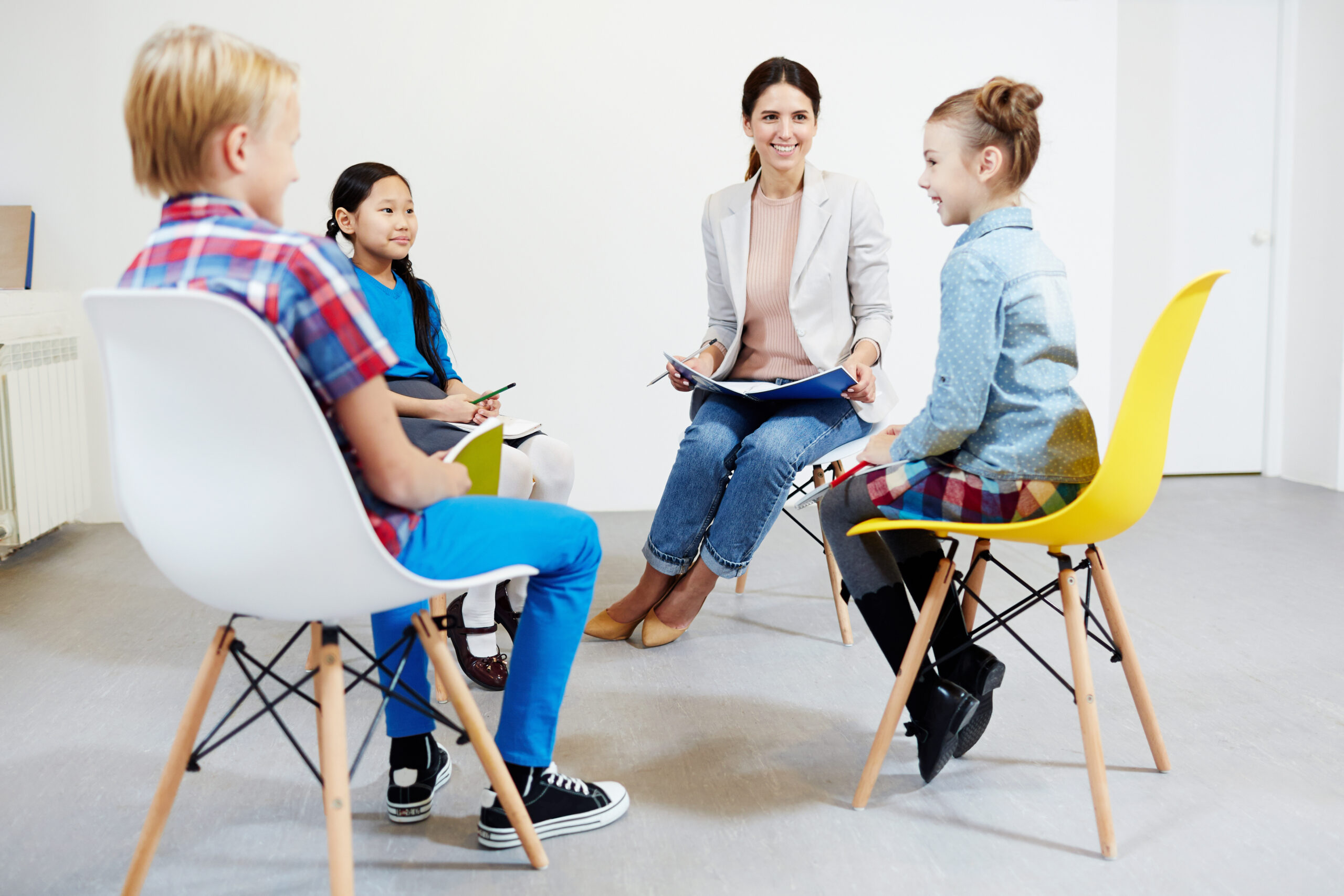 To offer support, try these strategies:
To offer support, try these strategies:
- Provide grounding opportunities: Have kids sit in their chairs and prompt them to feel their feet on the floor and their back against the seat.
- Avoid unstable seating: If a yoga ball or wiggle chair meets a student’s need to move but not their need to feel grounded, try a more stable option.
- Teach grounding touch points: Place small green circles on the backs of chairs and other objects that are safe and appropriate for a student to touch as they move around the classroom.
Vasopressin and oxytocin differences
Vasopressin and oxytocin are chemicals that allow us to develop calming pathways to the brain. When students don’t get enough of these chemicals, you may notice that they have trouble calming themselves and settling down after an activity like recess or lunch.
 To help build those critical calming pathways:
To help build those critical calming pathways:
- Model regulation strategies: Show students what you do to focus, and think out loud so they can see how you regulate.
- Explicitly teach regulation: Use an approach like the proven Re-Set Process to teach kids self-regulation skills they’ll use inside and outside the classroom.
- Teach “activity, not aggression” for calming: Instead of reinforcing an aggressive impulse a child might fall back on to calm down, such as ripping something up, teach an activity like stretching or doing wall pushups.
- Be careful with popular calming strategies: Supports such as breathwork and squeeze balls can backfire if not used carefully and appropriately. Just saying “take a deep breath” can sometimes make a student more nervous if they pull in a sharp breath—instead, emphasize long, slow breaths out. The act of tightening a hand around a squeeze ball can also activate the neurological system, so try using a softer ball and model a quick squeeze and slow release.
Neurological system organization differences
A student’s neurological system may be less organized if they’ve had pervasive trauma. Students with stress-related neurological system organization differences may touch people harder, have food on their faces because they’re less attuned, or struggle with fine motor tasks like buttoning a coat or turning pages.
Support your students with strategies like these:
- Practice activities that strengthen key neurological channels: For example, have kids make little calming circles on each fingertip with their thumb. This helps wake up their neurological system and encourages calm at the same time.
- Provide fine motor skill supports: Try items like page turner aids to give kids support with the fine motor tasks they struggle with.
- Establish simple hygiene routines for all: One teacher put a mirror in the classroom and had all kids do a quick “face check” after lunch to make sure they didn’t have food on their face or in their teeth. It’s important not to single out students—make it a whole-class approach.
In addition to these specific supports, Dyane Carrere also recommends that teachers “assume can’t, not won’t.” When you operate from the assumption that students are trying their best, and that kids are experiencing challenges instead of being defiant, it will make you a more compassionate educator and better able to help every child succeed.
Use the strategies in this article to provide critical supports when your students struggle with the physiological impacts of trauma. And for a specific, neuroscience-based approach to improving behavioral success in your classroom, be sure to check out The Re-Set Process.
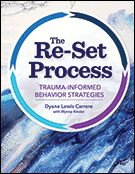
The Re-Set Process
Trauma-Informed Behavior Strategies
By Dyane Lewis Carrere, M.Ed., with Wynne Kinder, M.Ed.
Educators need a clear and consistent trauma-informed process to help their students re-regulate and return to learning—and that’s what they’ll find in this reader-friendly guide to the Re-Set Process, a neuroscience-based approach to improving behavioral success in children from Grades K–8. Includes a wide array of practical strategies for meeting trauma-based needs and a complete package of more than 30 online downloads to help you implement the Re-Set Process, including planning forms, blank templates, activity sheets, and a book study guide.
Stay up to date on the latest posts, news, strategies, and more!
Sign up for one of our FREE newslettersMore posts like this
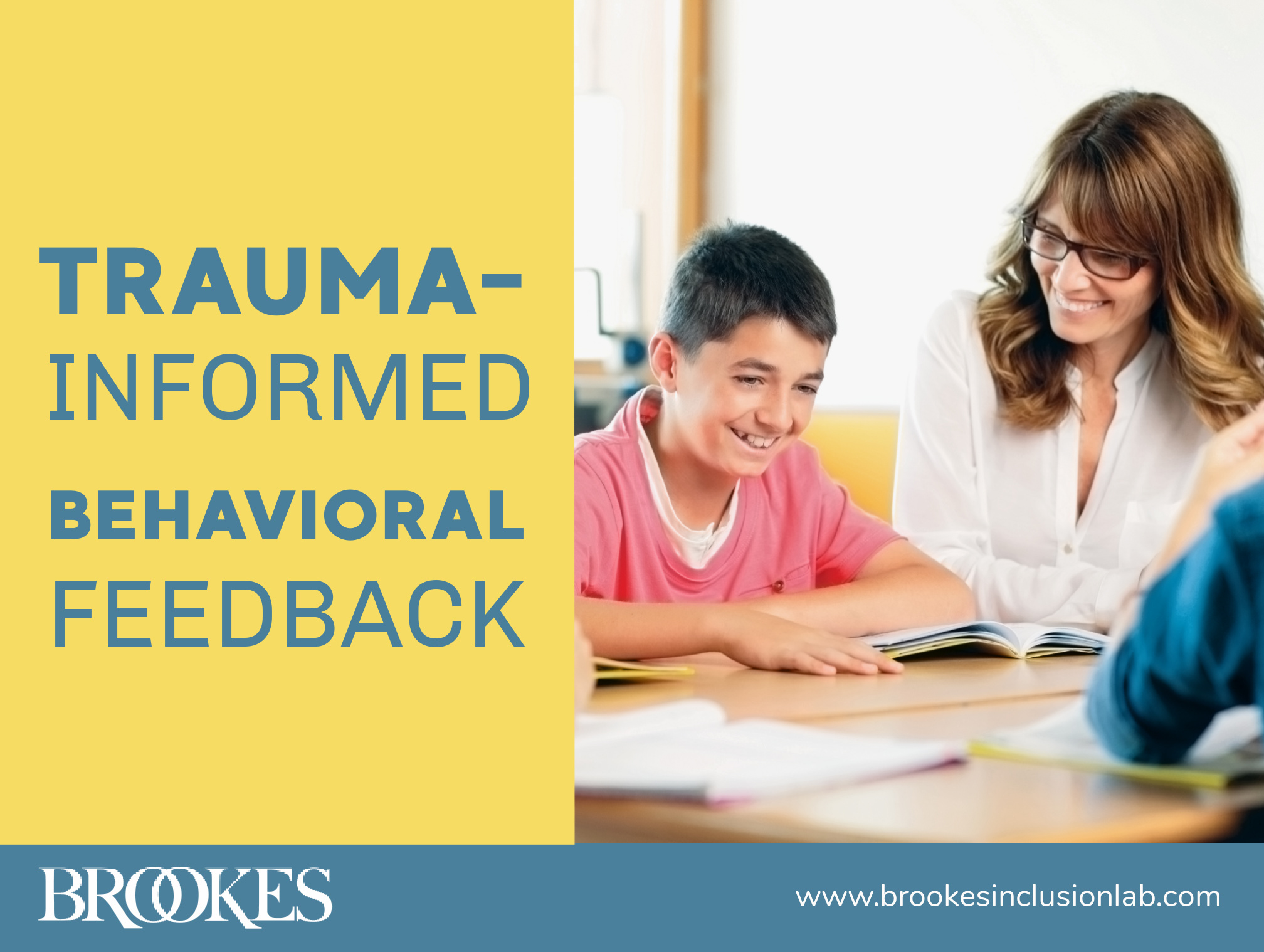
8 Tips for Trauma-Informed Behavioral Feedback
June 8, 2021
11 Things You Can Do Right Now to Build a More Trauma-Sensitive Classroom
December 19, 2025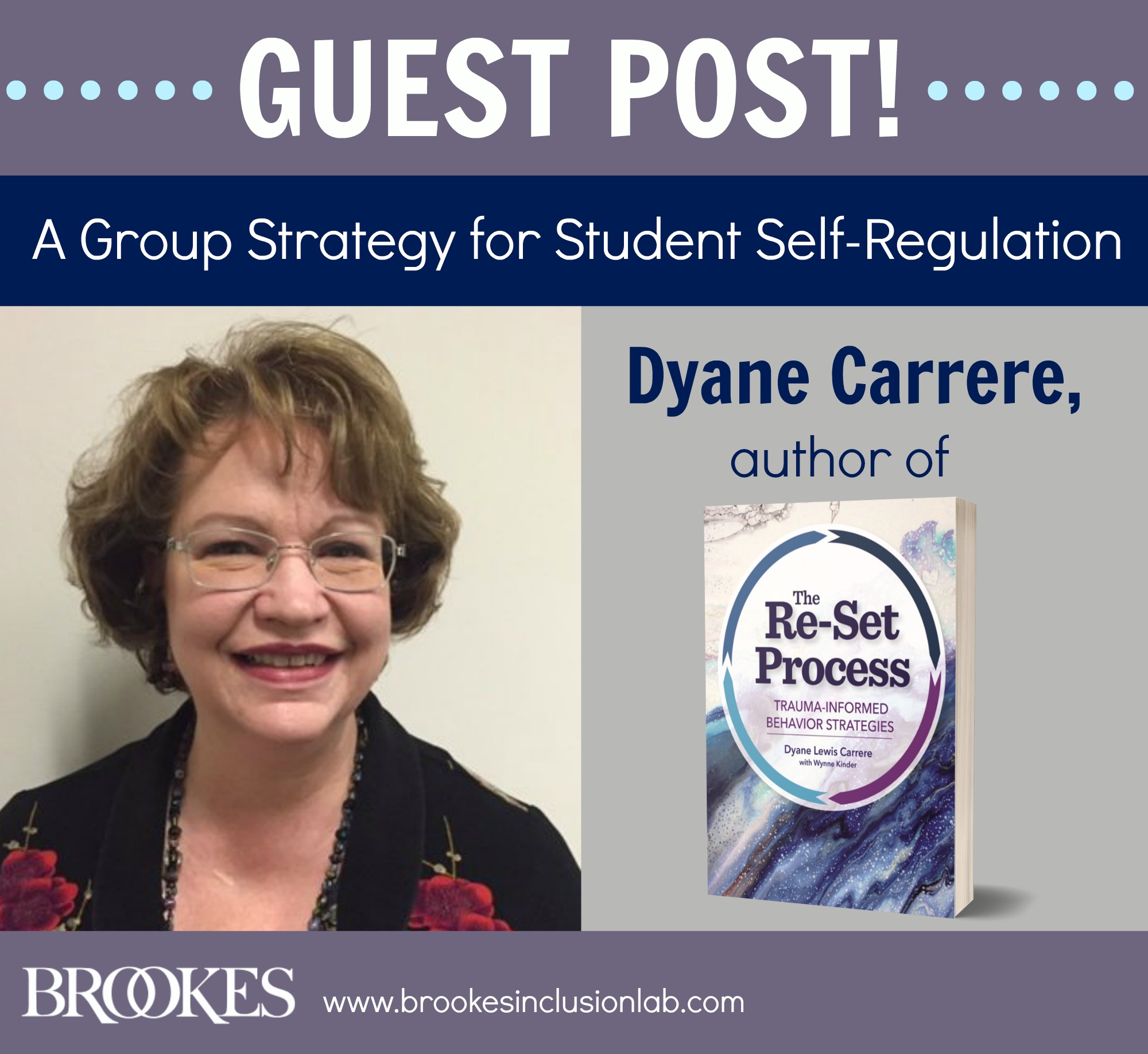

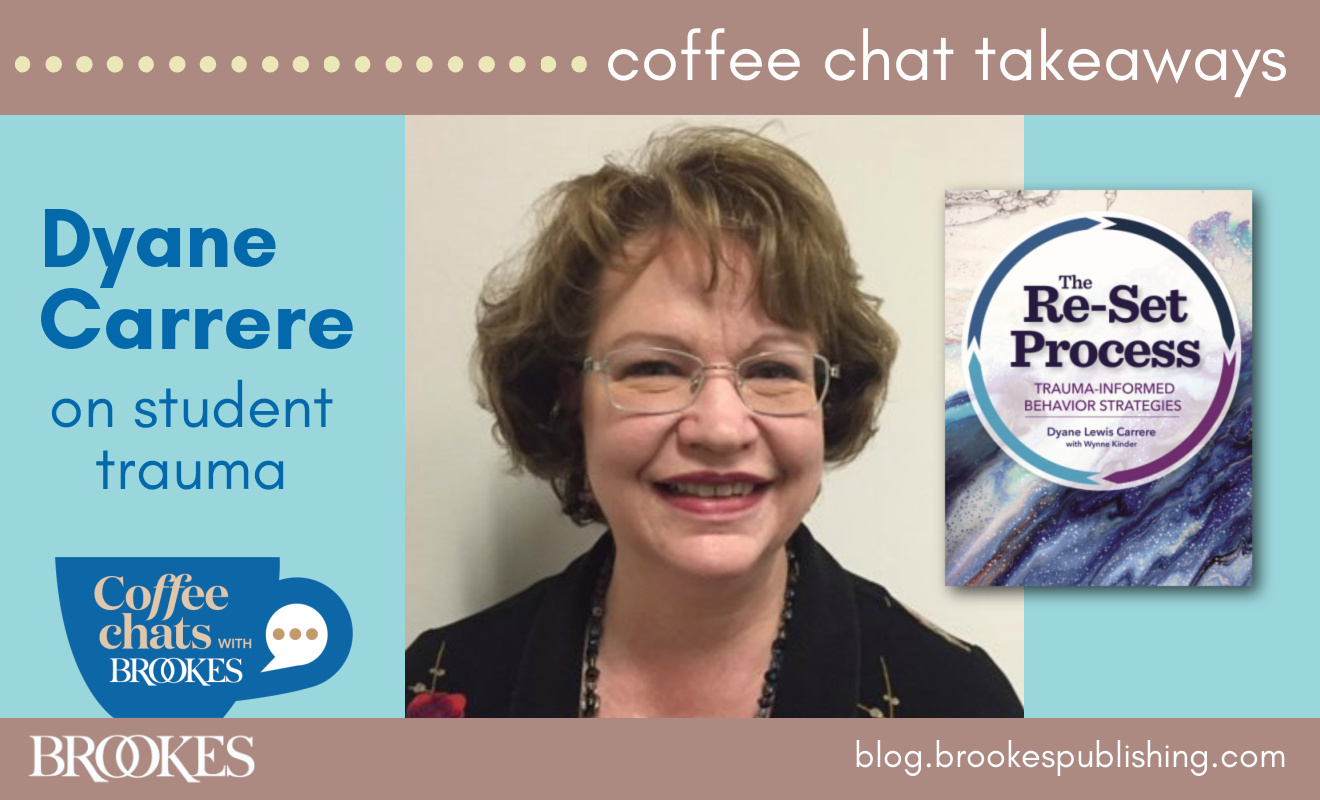
Write a Comment
Your email address will not be published. Required fields are marked *
Post a Comment